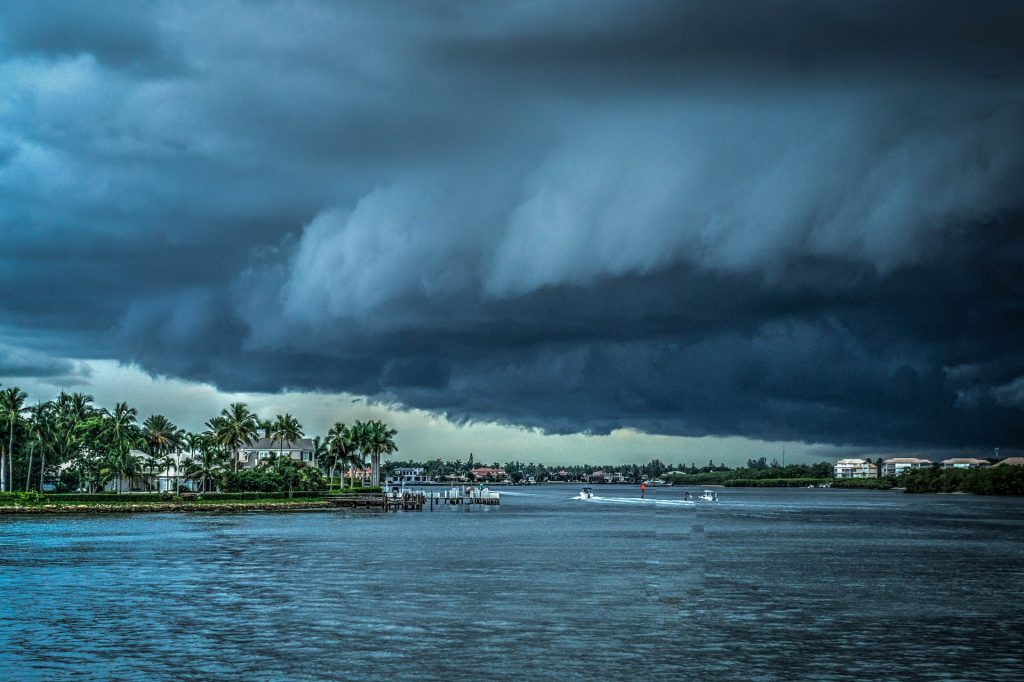
Hurricanes are large tropical cyclones with sustained winds that range anywhere between 74 to more than 157 mph, and are known as the most violent storms on Earth. These cyclones are composed of only two ingredients to create massive storms: heat and water. When hot air rises from the ocean’s surface, it leaves lower pressured air below it. The process of higher pressured air moving to lower pressured regions creates a circular motion that can produce swirls in the air. Once hot air is high enough in the atmosphere, it condenses and cools into clouds; and if these vortexes of air and clouds get large enough, it can cause a storm. This is your guide on how to protect your boat as well as yourself in situations like these BEFORE, DURING AND AFTER THE STORM. Because the most important plan is having a plan!
First, some facts to know.
- The Atlantic hurricane season runs from June 1st to November 30th each year. So, if you live in a coastal marine environment, it can be the most dangerous 6 months of the year.
- There are five categories of hurricanes. These storms are categorized by severeness. It is important to know what each level means for you as well as your home. :
Category 1: 74 to 95 mph
Category 2: 96 to 110 mph
Category 3: 111 to 129 mph
Category 4: 130 to 156 mph
Category 5: 157 mph and above
BEFORE
If there is enough notice, the best form of action is to get as far away as you can! In some instances, an evacuation posting will be made if the storm is not safe to hunker down in. If not deemed necessary or capable, we understand, and so the second option comes into play. To help with rain water build up, make sure gutters are clean of debris and are secured to the home. Reinforcing entries, garages and windows are also great preventers. It’s also a smart idea to have a hurricane safety kit somewhere in your home that holds anything you would need in the case of an emergency (flashlight, first aid kit, extra batteries, water, etc.)
Step One
When it comes to your boat, same as relocating yourself- the best option is to relocate your vessel. If the only option is to leave the vessel on its boat lift, the first step is to make sure that it is tightly secured. Any exposed loose items on board, like seat cushions and canvas, should be removed and stored in a secured area. They could potentially be lost or destroyed in the storm. Critical gear such as engines, generators, and electronics can be “bagged off” to protect from rain damage, but it’s not recommended to cover the battery because it may trap escaping gasses and cause an explosion hazard. The most critical preparation is to make a reliable draining system to prevent water accumulation in the vessel, which could overload the lift as well as drown the engine and battery. It is not uncommon for rainfall to exceed 12 inches! It is not wise to rely on bilge pumps for water evacuation since they can be rendered useless in a storm, therefore leaving your vessel vulnerable. They are only capable of pumping so fast considering they are meant for regular weather conditions. Search for the external drain plug, which is located in the lowest point of the vessel. Most boats should be equipped with this. Remove the plug so that gravity will drain water, but remember the water has to be able to flow freely. Check these escape routes to ensure they are clear of any and all debris.
Step Two
After you have secured all boat equipment and prepared for the rainfall, the next step is to secure the vessel with the lift system. All mechanical lift systems, pile-mounted lifts, elevators, and davits have maximum lifting height, which is the highest point you will be able to raise your boat out of the water. *If you do not know what that height is, please contact your manufacturer or your installing contractor for assistance in determining what that elevation is. You want to lift your boat above the estimated surge height if possible and secure it to an adjacent structure to prevent it from moving while on the lift system. Adding temporary bracings prevent the vessel from moving and are easily placed and removed. These bracings can be done with simple mooring lines, but if you would prefer using larger ratchet straps you may do so.
Once the vessel is secured, the ideal line position will be as far fore and aft as possible, 90˚ to the centerline of the boat and 45˚ down from the horizontal plane of the fastening point on the vessel. If the anchor points on the adjacent structures aren’t in the correct location, just get as close as you can with as many lines as you can. Once the lines are secured, raise the lift and boat to the maximum height to create additional tension in the lines. This process may take some experimentation with the ropes, knots and lift travel needed to get everything secured. During this process, be aware that the additional tension being added to the lines adds load to the lift. Make sure not to make power of the lift cause an induced overload situation. There is no guarantee that it will outlast storm winds, but at least you made your best attempt to secure. An important factor to look into is whether your boat has hurricane coverage on your insurance. Chances are if you live in a prone coastal marine environment, you have it – but double checking never hurts!
DURING
While the storm is taking place, hunker down and stay there. Remember that materials are replaceable, but YOU AREN’T!
AFTER
Examine the boat exterior for any damages that the storm could have caused (holes, missing or damaged parts, etc.). Make sure before lowering the boat back in the water, reinsert the drainage plug to not retake on flooding in the vessel. If there are noticeable damages, these are things to discuss with your insurance company. An amount of the damages or the total should be covered in your policy. That hurricane preparation you completed may come in handy when discussing your insurance settlement with your adjuster.
Remember that hurricanes are natural creations and there is no way of you preventing it. As long as you had a plan set, you have done the best you can. This hurricane season, make sure you have practiced ahead of time. You will feel like a pro in either scenario of relocating or securing.
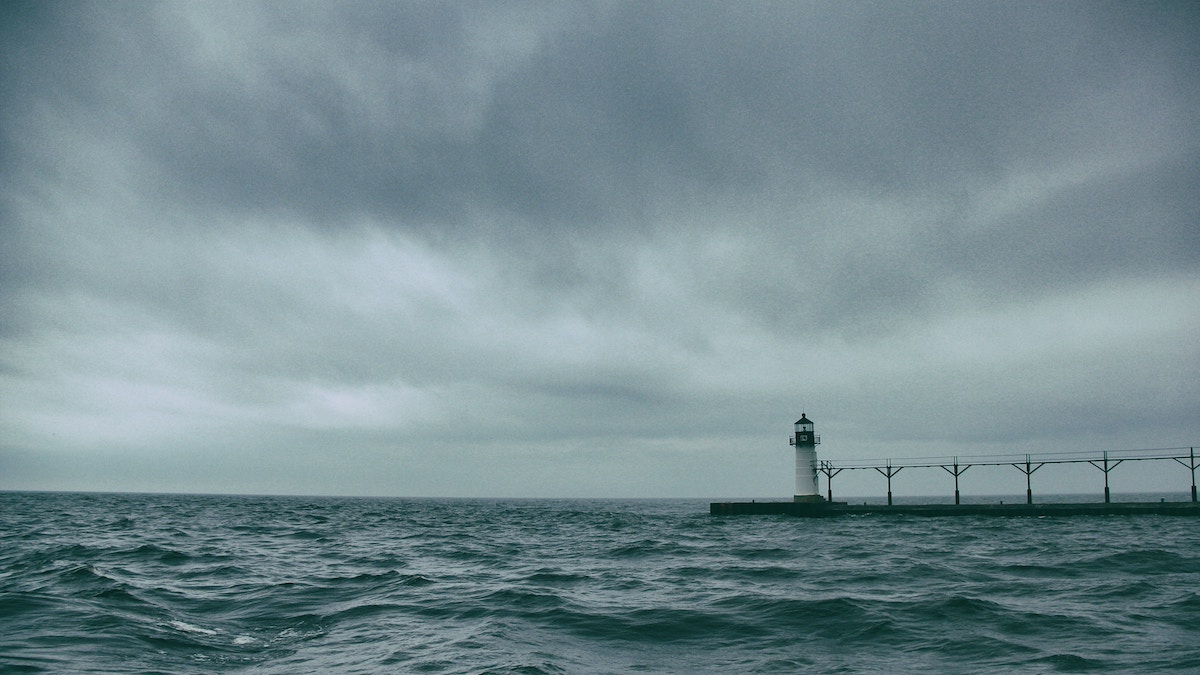
Update 9/10/18: Well, here we are again. Hurricane Florence is knocking at the door of the Southeast, and she’s bringing her friends Helene and Isaac, currently brewing off the coast of Africa. Though Florence is the biggest threat to North and South Carolina, all of us should take this recent pop in tropical activity as a wake-up call: hurricane season is not over until the fat lady sings (November 30). So, get prepared, batten down the hatches and double check your hurricane plan now.
Howling winds, torrential rains, flash floods and tornadoes – no, this isn’t a trailer for the latest big disaster movie, but a sample of what hurricane season can bring to our doorsteps. As boaters, the threat of a hurricane hits even closer to home than some others, since storm surge, massive waves and high winds can pose a tremendous threat to our vessels. What should you do to protect your boat this hurricane season? Well, it has a lot to do with being ready long before the winds start blowing.
Securing Your Boat for Hurricane Season 2018
We may already be in the dead of hurricane season, but you still have time to get your prep completed before the next big storm threatens.
- Make a Plan Yesterday: One of the biggest errors in judgment when prepping for a hurricane is to wait until one’s breathing down our necks to do so. The time to prepare is not next month, next week or tomorrow – get a plan together today. Figure out if you will keep your vessel on the water or spring for safe storage on land. Update your hurricane checklist, sort out your vessel storage and make sure this plan fits well with your overall hurricane safety plan.
- Dock Check: Docks and marinas may be perfectly safe in most normal conditions, but hurricanes are far from the average afternoon thunderstorm. Check in with your marina to see if they recommend or require any action from you to make your vessel storm-ready. You can also ask if there is any insurance protection on docked vessels. Storm-rated floating docks with tall pilings may be a safer alternative to traditional, fixed docks, but are also not 100% guaranteed to keep your boat safe in hurricane-force winds and surf.
- Consider Safer Storage: Though boat lifts and floating docks could keep your boat safer than some alternatives, your best bet is to keep your vessel safely out of the churning, destructive wave pool that an incoming hurricane may create. You may be able to rent space in a covered storage facility or anchor down your boat in a safe location using straps.
- Be Prepared to Bail: Though it’s nightmare fuel for a boater to even consider this, if you’re forced to pick between your safety or your boat’s safety, we’re going to have to suggest you pick the former. If an oncoming storm is coming too quickly for you to safely store your vessel and get out of Dodge, it’s a far better idea to leave your vessel to the elements and check the damage once the coast is clear. Hopefully, the above prep will help you avoid this scenario, however.
Hurricane season ends in November, meaning we still have quite a few months of sitting on the edge of our seats, waiting on the next big storm to threaten. In the meantime, keep an eye on the tropics, prepare for the worst and know that, if a hurricane has you in its crosshairs, you’re ready for it.
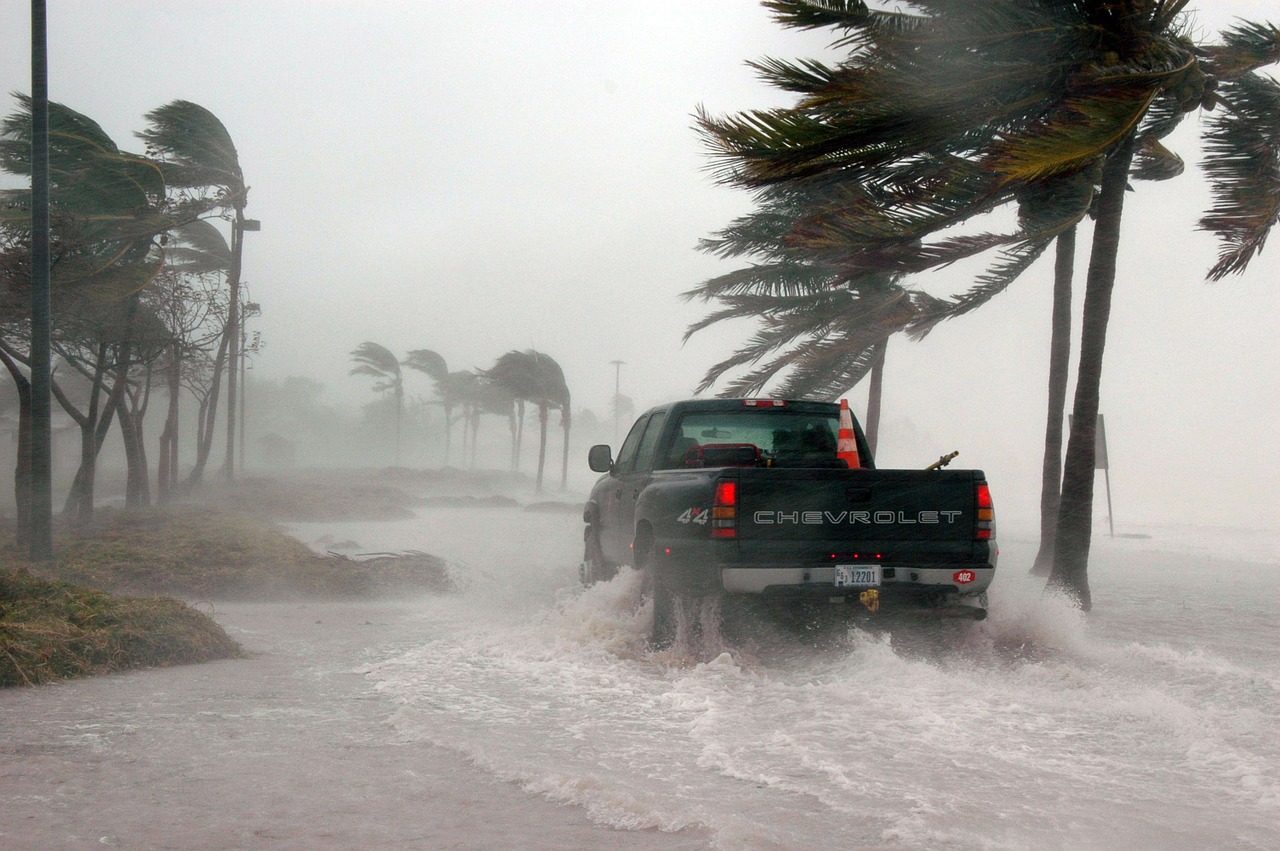
For anyone who forgot or was simply not living on the eastern coast of the US a few years back, the 2017 hurricane season was a rude reminder of just how dangerous Mother Nature is, and just how little control we have over her.
It’s not every hurricane season that we face Category 4 and 5 storms in quick succession, but last year saw hurricanes ravage the Caribbean, as well as Texas and Florida coastlines–the worst-hit areas still on the slow road to recovery. What does this mean for some of the country’s best and most beloved boating spots?
According to one article from TCPalm, of Florida’s 905,298 registered recreational vessels in 2016, somewhere in the range of 2,000-3,000 were damaged, destroyed or sunken. Efforts to recover boats stranded by the storm have resulted in the Federal Emergency Management Agency spending close to $12.5 million on their efforts.
With the destructive 2017 hurricane season behind us, it is a good time to prepare for the next season, now with the recent lessons learned about the importance of hurricane preparedness.
What can I do to protect myself before the next hurricane season?
- Get Insured: Before hurricane season, look into exactly what is covered by your boat insurance policy to understand what recovery looks like for you and your vessel if the worst happens.
- Make a Plan: If a hurricane is tracking directly for where your boat is stored and you don’t already have a plan to get out of Dodge, it’s already too late. Begin planning now and decide whether you will tow your vessel for safe storage or risk it on the water.
- Write a Checklist: Making a list and checking it twice is great advice before a storm strikes. List all items on the vessel that must be either stripped from the boat or battened down and secured before the high winds, dangerous waves and heavy rain begin. This will keep you from entering panic mode and wasting time when you need it most.
- Check with Your Marina: If your vessel is docked at a marina or private dock, call the manager of the dock to inquire the precautions they take to keep ships safe and what they recommend for keeping your boat protected during a big storm.
As with most things, the best way to enter hurricane season is prepared and with safety in mind. The worst thing to do before a hurricane hits is panic. Instead, take the time to get your ducks in a row so that you can simply and efficiently protect your vessel. In the meantime, have fun, boat safely and we’ll see you on the water!
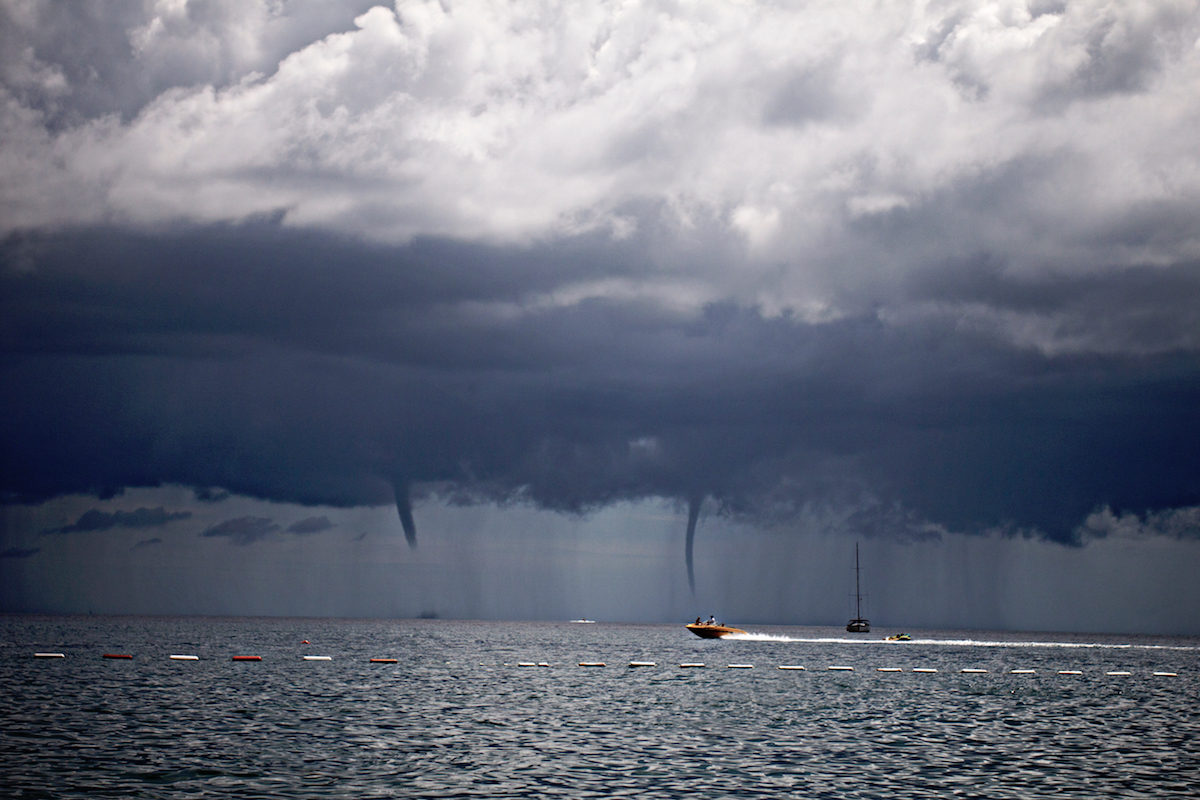
With hurricane season 2017 quickly approaching, it’s officially time to make sure your boat can handle the weather woes that may be headed our way: powerful waves, devastating winds, torrential rain and more. Though we all hope for a quiet season, this is one case where the “better safe than sorry” mantra definitely applies. So, what can you do to make sure your boat is shipshape when the next “big one” comes knocking?
How to Prep for Hurricane Season 2017
- Call me maybe: Though texting and tweeting may have made actually calling on the phone a rarity, you may want to ring your boat insurer and marina or dock owner to get the lowdown on what you’re covered for in case of a storm. Just as importantly, you can find out what the insurance company expects you to do to prepare for a hurricane. If you don’t do everything expected of you by your insurance company, you may have to foot the bill for repairs after the hurricane wreaks havoc.
- Check it out: Just like your pre-departure checklist, you should also create a to-do list of steps to take once a hurricane watch is announced, including the likes of safety equipment to check, legal paperwork to put together and items to stow safely on shore.
- If you gotta go, you gotta go: Never–and we mean ever–try to ride out a hurricane in order to keep an eye on your boat. Though you may see your vessel as an extension of the family, the truth is, you should never risk your life for it. Do your best to prepare for the storm and then stay out of its way.
Hurricane season 2017 is coming, and with it, the risk of big storms and major damage. We’ve been mostly lucky in recent years when it comes to hurricanes, but, as we all know, luck can only last so long. Do your due diligence, call your insurance company and marina/dock owner, write up a hurricane season 2017 to-do list and, most of all, get out of the way of the storm or stay safely sheltered if it becomes apparent that you’re in the line of fire. Here’s to a season of safe boating!
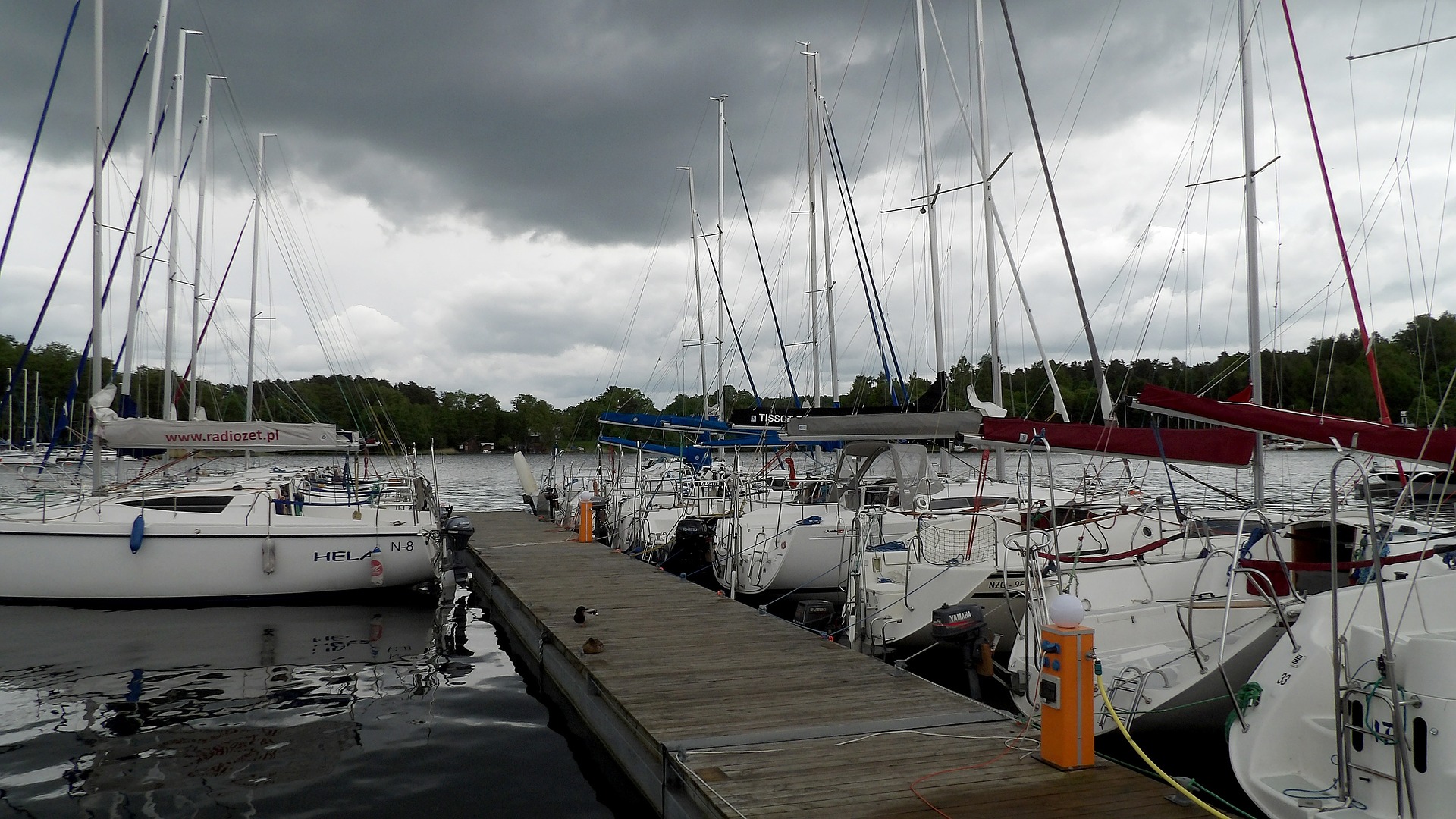
Hurricane Matthew brought us wind, rain and a fair share of destruction, especially along Florida’s coastline. If you are a boater with a vessel in the affected area, then we’re sure your anxiety level is through the roof (and stratosphere). Though it can be frustrating and stressful not knowing the fate of your treasured boat, let’s focus on what to do if there is hurricane damage.
What Do I Do if My Boat Has Hurricane Damage?
- Wait for the All-Clear: Don’t split for the coast until officials have given the all-clear. Docks themselves can be left damaged and structurally weakened, and coastal roadways are easily flooded. Don’t risk your safety to get to your boat a bit early.
- Insurance: Report your vessel’s damages to your insurance company as soon as they are apparent. Take extensive photos of the damage as evidence for your report.
- Survey and Assess: Though some damage may be easily spotted, it may be a good idea to get a damage assessment done by a professional surveyor in order to determine whether they are superficial or serious. Some difficult-to-pinpoint issues, from hull leaks to electrical problems, can be easily discovered by a professional.
- Check Before You Wreck: Even if your boat seems relatively unscathed, always check all systems, from top to bottom, before getting back on the water. The last thing you want is to discover a leak in the hull or fuel line well into your next trip.
We hope your ship made it through Matthew with minimal hurricane damage. However, if your vessel was damaged, it’s important to fully assess whether the damage is superficial or serious and report it to your boat insurance company as soon as possible. Of course, only venture out to your boat when you know that the coast is clear. Stay safe out there, boaters!






